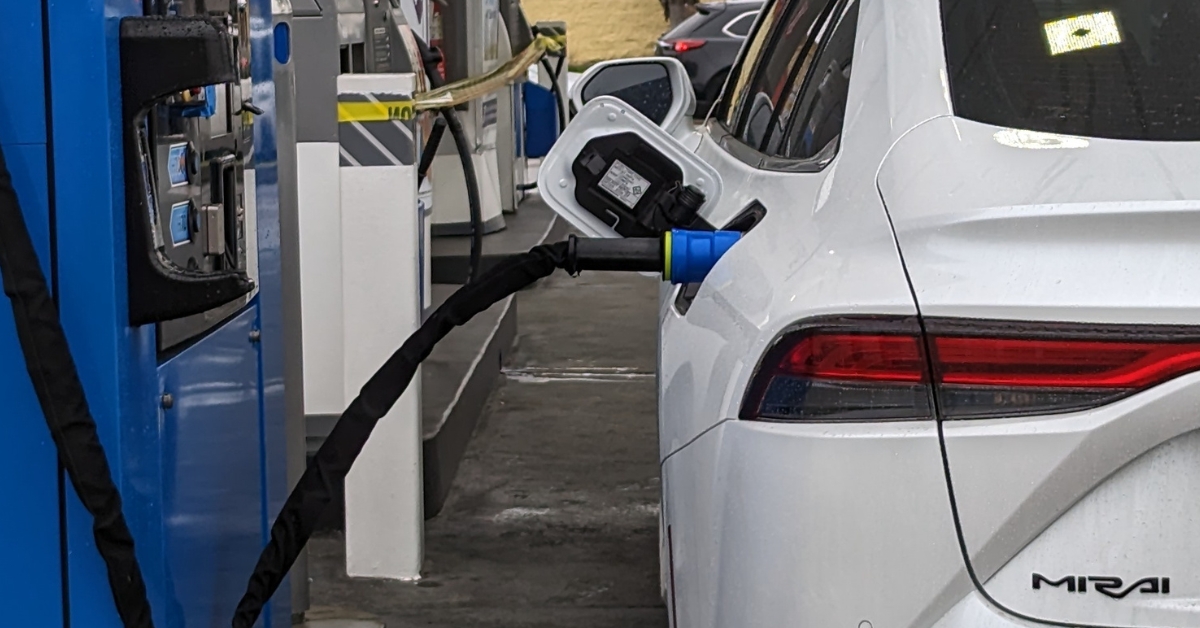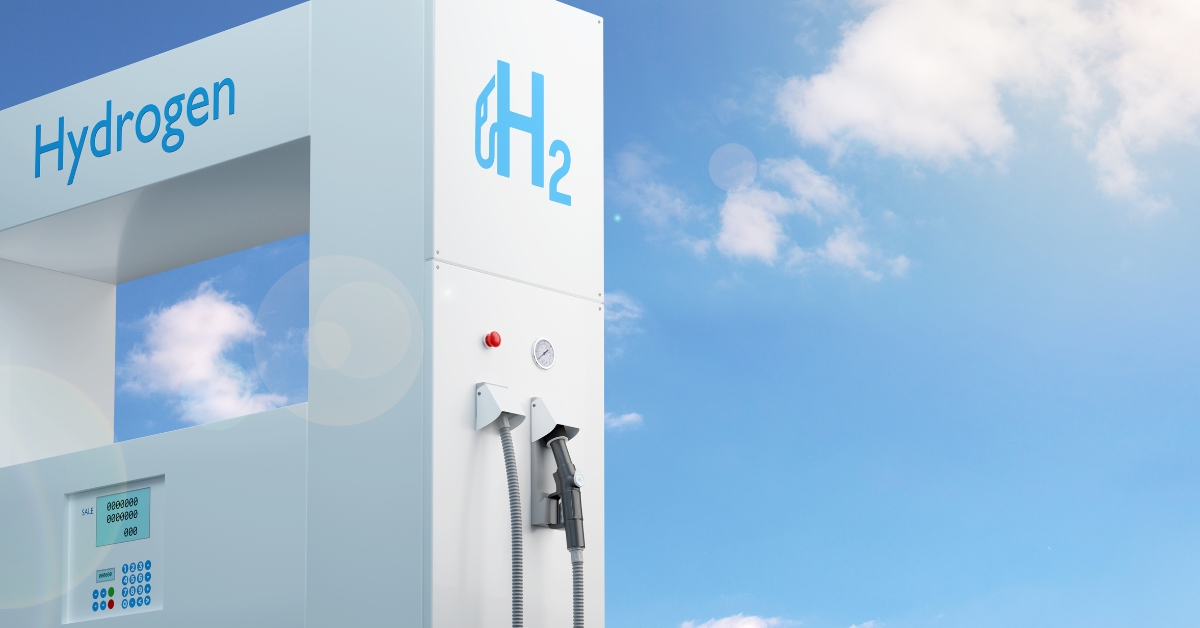Hydrogen fueling nozzles are an integral component of the infrastructure supporting hydrogen-powered vehicles. These specialized nozzles ensure the safe and efficient transfer of hydrogen gas from refueling stations to vehicles. In this comprehensive article, we will delve into the features, types, and advancements in hydrogen fueling nozzles, highlighting their importance in enabling widespread adoption of hydrogen as a clean transportation fuel.
- Safety Considerations:
Safety is of paramount importance when designing hydrogen fueling nozzles. Hydrogen is a highly flammable gas, necessitating stringent safety measures. Fueling nozzles incorporate several safety features such as automatic shut-off valves, thermal sensors, and pressure relief devices. These components ensure the prevention of leaks and minimize the risk of accidents during the refueling process.
- Types of Hydrogen Fueling Nozzles:
a. SAE J2600 Standard Nozzle: The SAE J2600 standard nozzle is widely used in hydrogen refueling stations. It features a standardized interface that ensures compatibility between fueling stations and hydrogen vehicles. These nozzles have a push-and-twist connection mechanism, similar to conventional gasoline refueling, making them user-friendly and easy to operate.
b. High-Pressure Refueling Nozzles: High-pressure refueling nozzles are designed for high-pressure hydrogen storage systems. They can withstand pressures of up to 700 bar, allowing for fast refueling and maximizing the vehicle’s range. These nozzles typically feature robust construction materials and advanced sealing mechanisms to ensure durability and reliability.
c. Cryogenic Refueling Nozzles: Cryogenic refueling nozzles are used in applications involving liquid hydrogen. They are designed to handle extremely low temperatures and feature specialized insulation to prevent heat transfer and maintain the hydrogen in its liquid state. These nozzles enable efficient refueling of vehicles equipped with cryogenic storage systems.
- Nozzle Connectors and Standards:
To ensure compatibility and safe refueling, hydrogen fueling nozzles follow industry standards for connector design. The most common standards include the SAE J2600 standard and the ISO 17268 standard. These standards define the dimensions, materials, and performance requirements for the nozzle connectors, ensuring interoperability between different manufacturers and refueling stations.
- Advancements in Hydrogen Fueling Nozzles:
a. Faster Refueling Times: Researchers and engineers are continually working on advancements to reduce refueling times for hydrogen vehicles. By optimizing the nozzle design and improving flow rates, refueling times can be minimized, approaching levels comparable to traditional gasoline refueling.
b. Enhanced Safety Features: Ongoing advancements focus on improving the safety features of hydrogen fueling nozzles. This includes the integration of real-time pressure and temperature monitoring systems, as well as automatic shut-off mechanisms that can detect anomalies and prevent accidents.
c. Standardization and Interoperability: Efforts are underway to standardize hydrogen fueling nozzle interfaces globally. Increased standardization ensures compatibility among different refueling stations and vehicles, simplifying the refueling process and facilitating the widespread adoption of hydrogen-powered transportation.
Conclusion:
Hydrogen fueling nozzles are critical components of the infrastructure supporting hydrogen-powered vehicles. With a strong emphasis on safety, compatibility, and efficiency, these nozzles enable the safe and seamless refueling of hydrogen gas. Ongoing advancements in nozzle design, safety features, and standardization are paving the way for a robust hydrogen fueling network and the widespread adoption of hydrogen as a clean and sustainable transportation fuel.





